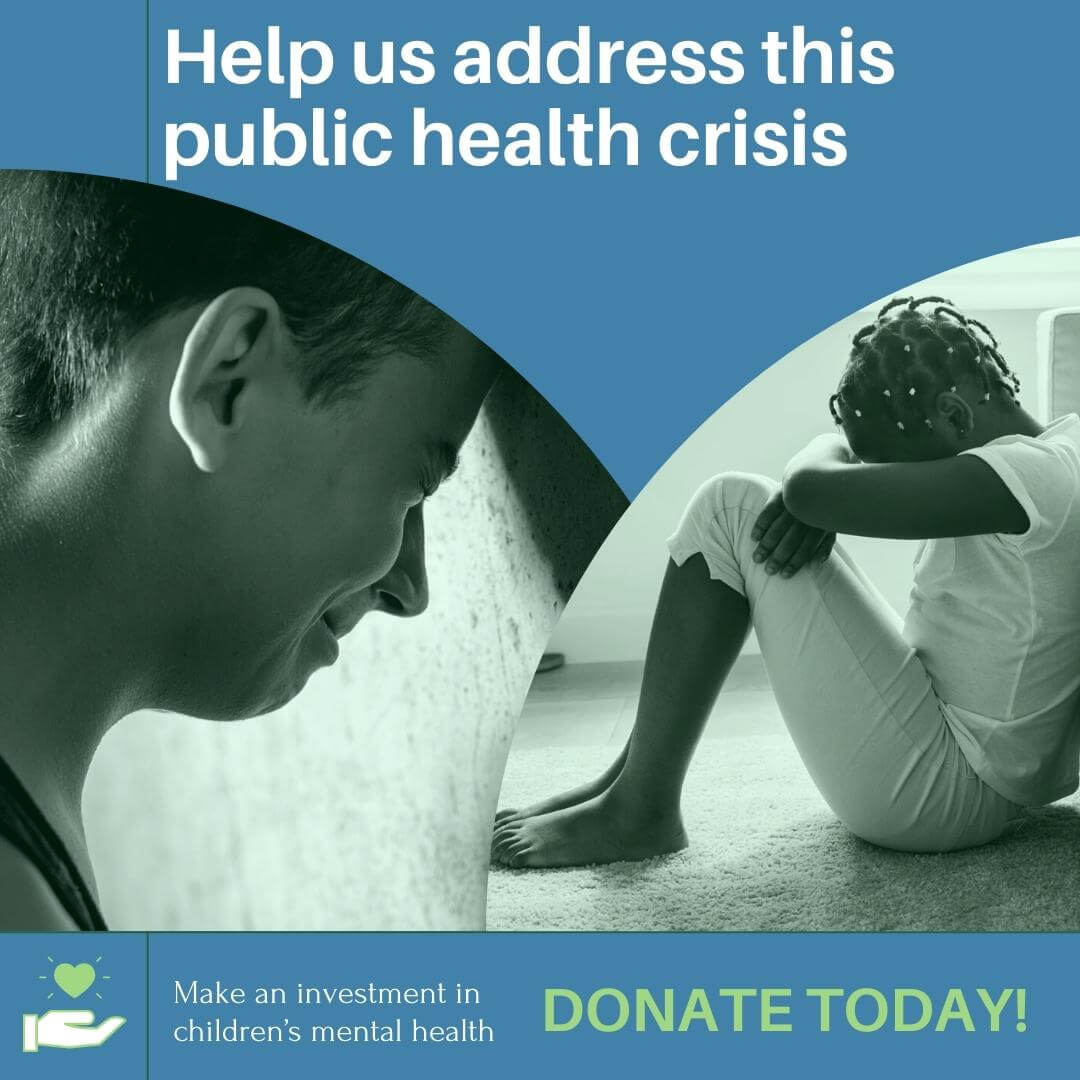Kids Deserve to Feel Good About Themselves – You Can Help.

by Angela Powell-Bolutoglu, LMFT
Program Manager, Families in Transition (FIT) Program.
“The expectation that we can be immersed in suffering and loss daily and not be touched by it is as unrealistic as expecting to be able to walk through water without getting wet.”
– Rachel Naomi Remen, Kitchen Table Wisdom, 1996
There is a myriad of reasons that bring clinicians to the field of mental health. For some, it’s lived experience and a desire to give back to one’s community and for others it’s an inexplicable “calling” and a fascination with human behavior. The role of therapist is a humbling experience that allows one to know individuals intimately, for some, in ways they have never been known before. Here in the Families in Transition (FIT) program, youth and their caregivers entrust us to walk with them through traumatic memories of community violence, abuse, loss, etc. The stories we collect have themes of courage, love, redemption, identity, justice, and survival. The therapy “room” offers clients a safety container where intense feelings, difficult insights, and developing belief systems are managed solely by the therapist.
“In the truest sense, we [therapists] are alone—we are the givers, and our fulfillment comes from seeing the growth, hope, and new direction in those with whom we are privileged to work” (Smullens, 2013). The isolation therapists feel while simultaneously being exposed to vicarious trauma, a hazard of the trade, can lead to burnout and for some, a decision to leave the field entirely. While burnout occurs across professions, research suggests that mental health therapists are at increased risk for experiencing burnout, with up to 67% of therapists reporting high levels (Kim, et al., 2019). This number is likely increasing due to the pandemic. According to data collected by Mental Health America (2021), over half a million people reported having signs of depression and/or anxiety between January and September of 2020, with screenings for anxiety and depression up 634% and 873%, respectively. Rates of suicidal ideation are highest among youth, especially LGBTQ+ youth. In September 2020, over half of 11-17-year-olds reported having thoughts of suicide or self-harm more than half or nearly every day of the previous two weeks.
To combat both therapist burnout and the ever-increasing complex needs of clients, the FIT program has started to re-think the way we provide community mental health. Historically, when a therapist was assigned to a case, we would expect that person to provide any and all therapeutic modalities (individual therapy, family therapy, collateral support, etc.). For some families, this is the preferred method of intervening as the therapist becomes immersed in the familial environment and rapport among members builds over time. For others, the dual relationship of being both individual and family therapist complicates the relationship with the client. We see this most often in situations where the client feels deeply misunderstood (due to cultural differences) by the parent or when there has been a disruption in caregiving (due to custody loss) and families are in the process of reunification. In the case of Tina, the therapist was concerned that contacting the mother would cause the client harm. The mother was in deep denial about the abuse that occurred but cared for her daughter and wanted a relationship. Having an alternative clinician connect with the parent (instead of the primary therapist) allowed for the therapeutic relationship to remain in-tact and for the parent to receive the psychoeducation needed for healthy reunification. Both therapists bearing witness to the family’s trauma offered an opportunity for shared responsibility and an increased understanding of the nuances of a broken family system.
Another reason to have multiple therapists working with a family is when a client’s needs are so complex that they would benefit from an adjunctive therapist. Here in the FIT program, we have the privilege of being able to offer Eye Movement Densensitization and Reprocessing (EMDR) as a treatment modality. Our EMDR-trained clinician has begun to offer adjunctive sessions to clients who are already working with a primary therapist. In the case of Jay, the client has experienced multiple family deaths, including a sibling lost to community violence. Having the adjunctive therapist join the treatment team has provided the client with a specialized treatment modality while also allowing him to stay connected with the same primary therapist he has been working with for many years. Both therapists expressed enthusiasm and excitement to be working on the same case and a desire to get to know each other better was an added bonus.
We, as therapists, are not immune to compassion fatigue, a form of vicarious trauma. What the client (and their families) bring to the session is only part what contributes to the burnout of a therapist in community mental health. Many clinicians say productivity expectations and documentation demands exponentially add to the overwhelm of a clinician working in an EPSDT medi-cal program. Though we as nonprofit contractors may not be able to dismantle the capitalist structure we are forced to participate in, we can seek out creative ways to make the environment trauma-informed for staff while also meeting the needs of the community we are serving. Opportunities for team-based approaches to the work can lead to increased morale and client outcomes.
Kim, J.J., Brookman-Frazee, L., Gellatly, R., Stadnick, N., Barnett, M.L., Lau, A.S. (2018, April). Burnout among Community Therapists in the Sustainment Phase of a System-Driven Implementation of Multiple Evidence-Based Practices in Children’s Mental Health. Professional Psychology: Research and Practice, Vol 49(2), 132-141.
Reinert, M. Nguyen, T., and Fritze, D. (2020). 2021: The State Of Mental Health In America, Mental Health America. https://www.mhanational.org/sites/default/files/2021%20State%20of%20Mental%20Health%20in%20America_0.pdf
Smulley, S. (2012, Fall issue). What I Wish I Had Known: Burnout and Self-Care in Our Social Work Profession. The New Social Worker. https://www.socialworker.com/feature-articles/field-placement/What_I_Wish_I_Had_Known_Burnout_and_Self-Care_in_Our_Social_Work_Profession/
